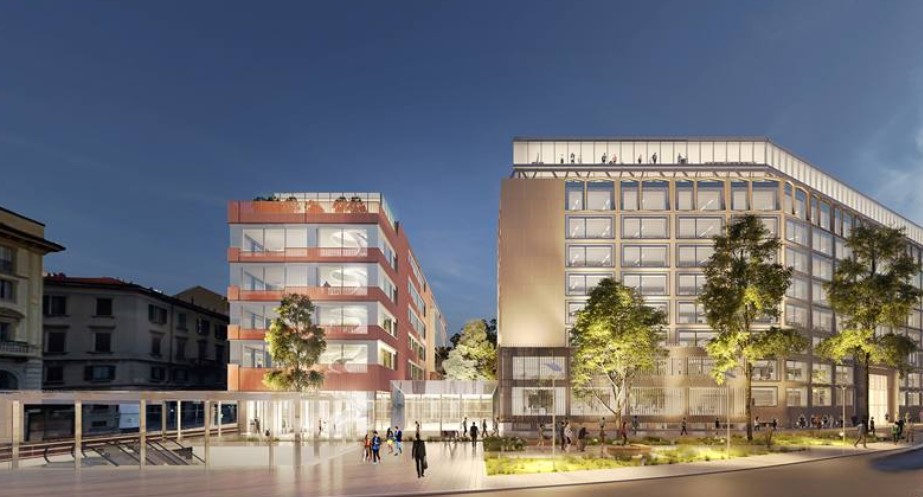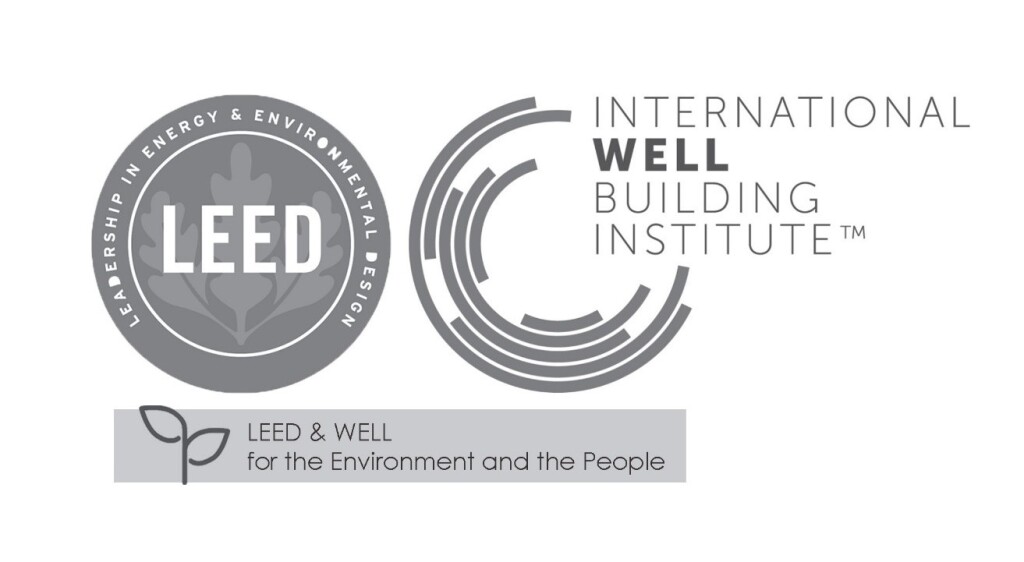AUTHOR: Ing. Tiziana Monfrecola
TUTORS: Ing. Alessandro Zichi
INTERNSHIP: Manens-Tifs
MASTER: Master in “GESTIONE ENERGETICA DI EDIFICI E INFRASTRUTTURE” a.a. 2020/21
Il mondo ha fissato obiettivi ambiziosi per la decarbonizzazione per i prossimi decenni. La Commissione Europea ha presentato il suo piano per ridurre le emissioni di gas serra dell’UE di almeno il 55% entro il 2030, rispetto ai livelli del 1990, con l’ambizione di portare l’UE alla neutralità climatica entro il 2050.
Si stima che il settore delle costruzioni rappresenta circa il 40% delle emissioni globali di CO2 in atmosfera e proprio per questo motivo si ha un’attenzione sempre maggiore all’eco-sostenibilità in edilizia. Altro aspetto fondamentale è che trascorriamo più del 90% del nostro tempo in spazi chiusi e, secondo numerosi studi, l’ambiente in cui viviamo incide profondamente sul nostro stile di vita.
Negli ultimi anni, dunque, per realizzare un buon edificio non basta valutare le sole caratteristiche tecniche e strutturali, ma è importante porre la giusta attenzione sulla sostenibilità dell’edificio e sulla qualità di vita che esso è in grado di offrire ai suoi utenti.
Realizzare un edificio che tenga conto di questi aspetti, non necessariamente ai massimi livelli, non presuppone dei costi aggiuntivi, ma prevede semplicemente una riorganizzazione dei processi. Proprio per questo motivo i sistemi di rating sono diventati dei veri e propri standard; chiari obiettivi per rispettare i canoni di basso impatto ambientale nella realizzazione di un edificio.
Ad oggi, il sistema di valutazione della sostenibilità degli edifici più diffuso a livello mondiale è la certificazione LEED, Leadership in Energy and Environmental Design.
Per meglio valutare il benessere degli occupanti, invece, si fa principalmente affidamento alla certificazione WELL, WELL Building Standard. Le due certificazioni si integrano perfettamente tra loro e si riferiscono allo stesso ente di certificazione, il Green Building Council (GBC).
Per meglio comprendere la strategia perseguita con le due certificazioni, presso la società di Ingegneria Manens-Tifs S.p.A. è stato analizzato un campus urbano ad uso terziario sito a Milano. Per le valutazioni si è fatto riferimento ai protocolli LEED v4 BD+C e WELL Building Standard v2.
L’obiettivo del progetto è stato creare una nuova destinazione ad uso uffici che sia considerato un “best place to work” e che rispetti i concetti di sostenibilità e benessere pur mantenendo una continuità di dialogo con il progetto originale. Da questo studio si denota come i sistemi di rating, oltre a certificare la sostenibilità degli edifici,siano elementi di supporto alla progettazione.
Essi definiscono chiare linee guida che, se valutate e analizzate preventivamente, possono essere utili per l’intero ciclo di vita dell’edificio per ottimizzare i processi, ridurre i costi di gestione e garantire elevate condizioni di comfort interno.
FOR INTERNATIONAL STUDENTS:
The world has set ambitious goals for decarbonization for the next few decades. The European Commission presented its plan to reduce EU greenhouse gas emissions at least of 55% by 2030, compared to 1990 levels, with the ambition to bring the EU to climate neutrality by 2050.
It is estimated that the construction sector is responsible for about 40% of global CO2 emissions into the atmosphere and, for this reason, there is an increasing attention to eco-sustainability in construction. Another aspect is that we spend more than 90% of our time indoors and, according to numerous studies, the environment where we live deeply affects our lifestyle. To create a good building, it is not enough evaluating just the technical and structural characteristics. It is important pay attention to the sustainability of the building and to the life quality that the building is able to offer its users.
Realize a building that takes these aspects into account, not necessarily at the highest levels, does not means add additional costs, but simply involves a reorganization of the processes. For this reason, rating systems are real standards; clear objectives during the construction phase to respect the low environmental impact standards.
Today, the most widespread building sustainability assessment system worldwide is the LEED certification, Leadership in Energy and Environmental Design.
To better evaluate the well-being of the occupants, instead, we mainly rely on the WELL, WELL Building Standard certification. The two certifications perfect integrate each other and they have the same certification body, Green Building Council (GBC).
The strategy pursued with the two certifications has been analyzed more in detail thanks to the experience in Manens-Tifs S.p.A. company of Verona. Here I had the opportunity to study an urban campus, for tertiary use, located in Milan.
For the assessments it has been reference to the LEED v4 BD + C and WELL Building Standard v2 protocols. The project’s aim was to create a new offices area considered the “best place to work”. Also, the project should respect the concepts of sustainability and well-being and meanwhile maintaining the connection with the original project.
This work highlights how the rating system are relevant elements of support to the design phase, in addiction to certify if a building is sustainable. The rating system are clear guideline which, if analyzed in advance, can be helpful for the entire life cycle of the building and be able to optimize processes, reduce management costs and ensure high internal comfort.


